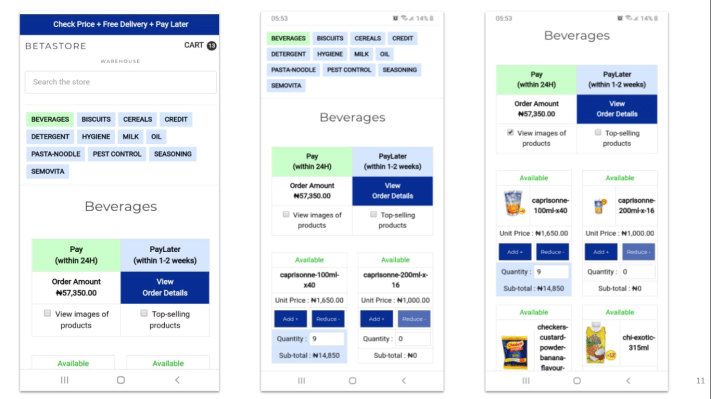SUSE unveils Rancher Desktop 1.0 for Kubernetes on your PC
As Kubernetes users know, Rancher is a popular complete software stack for running and managing multiple Kubernetes clusters across any infrastructure. Now, since Linux and cloud-power SUSE acquired Rancher, it’s launched its first new program: Rancher Desktop 1.0
Rancher Desktop is an open source program that enables you to learn, experiment or test out Kubernetes container management. It currently works on M1 and Intel Macs; Windows, via Windows Subsystem for Linux (WSL); and Linux.
The desktop runs on so many platforms because it’s an Electron application, which also uses Node.js. Its primary business logic is written in TypeScript and JavaScript. To work, it leverages several other programs to provide the platform elements. These include k3s, kubectl, nerdctl, QEMU, WSL, and more.
Of course, the program doesn’t need all these components for every operating system. For example, neither macOS nor Linux needs WSL.
Also: Mirantis brings secure registries to Kubernetes distros
To build the program from the source code, Node.js v16 is recommended to build the source. On Windows, Go is also required. On Linux, QEMU is required at runtime.
Put it all together, and Rancher Desktop provides you with the following features:
- You get to choose which version of Kubernetes to run.
- You can also switch out Kubernetes to a new version to see how your workloads respond.
- Run containers, and build, push, and pull images, powered by nerdctl.
- Expose an application in Kubernetes for local access
Taken as a whole, this lets you test on your desktop how a specific Kubernetes set up will work locally before trying it out in production.
Under the hood, you get to decide whether Rancher Desktop will use containerd or dockerd as your container engine. You get to make the call when you use either nerdctl or the Docker command-line interface (CLI). These CLIs enable you to build, push, and pull container images and run containers.
The images you build with these tools are directly available to run in Kubernetes without the need to push or pull them from a registry. When you choose the dockerd runtime, you have a Docker socket available for your other tools to use. This makes it possible to use tools like k3d that communicate directly with the Docker socket.
While the program is designated as a 1.0 release, it’s still in its early days. Looking ahead, the SUSE Rancher team promises there will be a stable release process around features and bug fixes. This will include regular patch releases to fix bugs on a predictable schedule. They’re also actively working on small features and bigger issues that will be included in feature releases. A simple example of this is improved support for networking when connected to a VPN.
Still, even as an early release, I can see many people using Rancher Desktop. Even with just its basic features, it will be really useful for developers.
See also:




